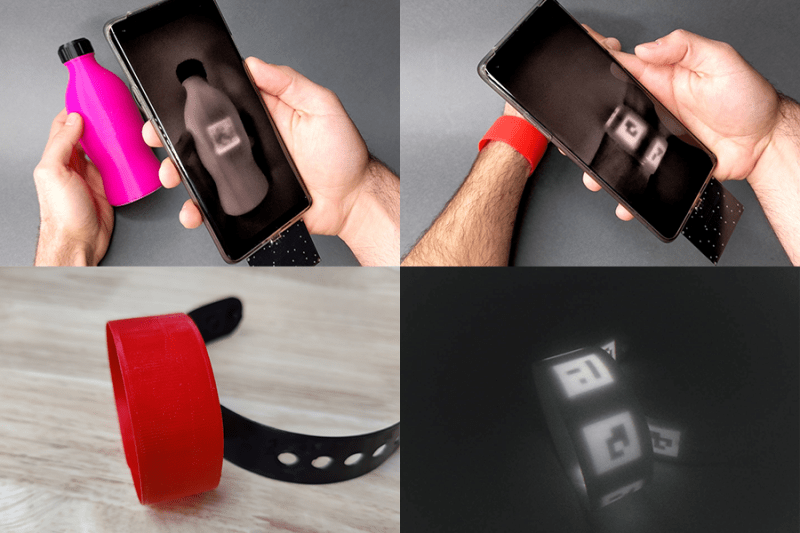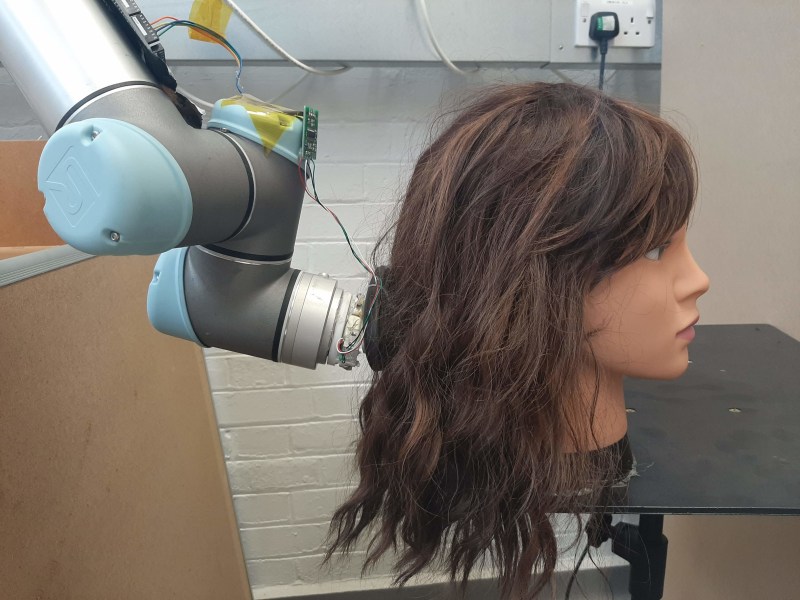Training machines to effectively complete tasks is an ongoing area of research. This can be done in a variety of ways, from complex programming interfaces, to systems that understand commands in natural langauge. A team from MIT’s Computer Science and Artificial Intelligence Laboratory (CSAIL) wanted to see if it was possible for humans to communicate more directly when training a robot. Their system allows a user to correct a robot’s actions using only their brain.
The concept is simple – using an EEG cap to detect brainwaves, the system measures a special type of brain signals called “error-related potentials”. Simply …read more
 Continue reading How To Telepathically Tell A Robot It Screwed Up→
Continue reading How To Telepathically Tell A Robot It Screwed Up→

